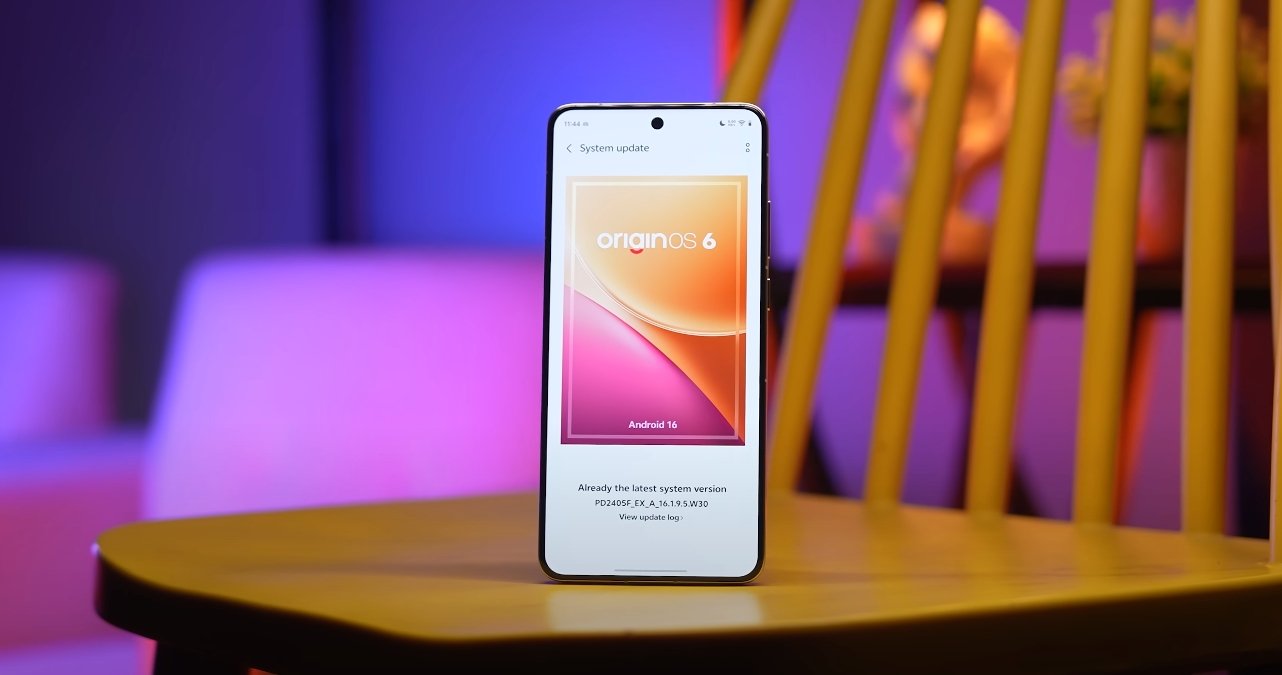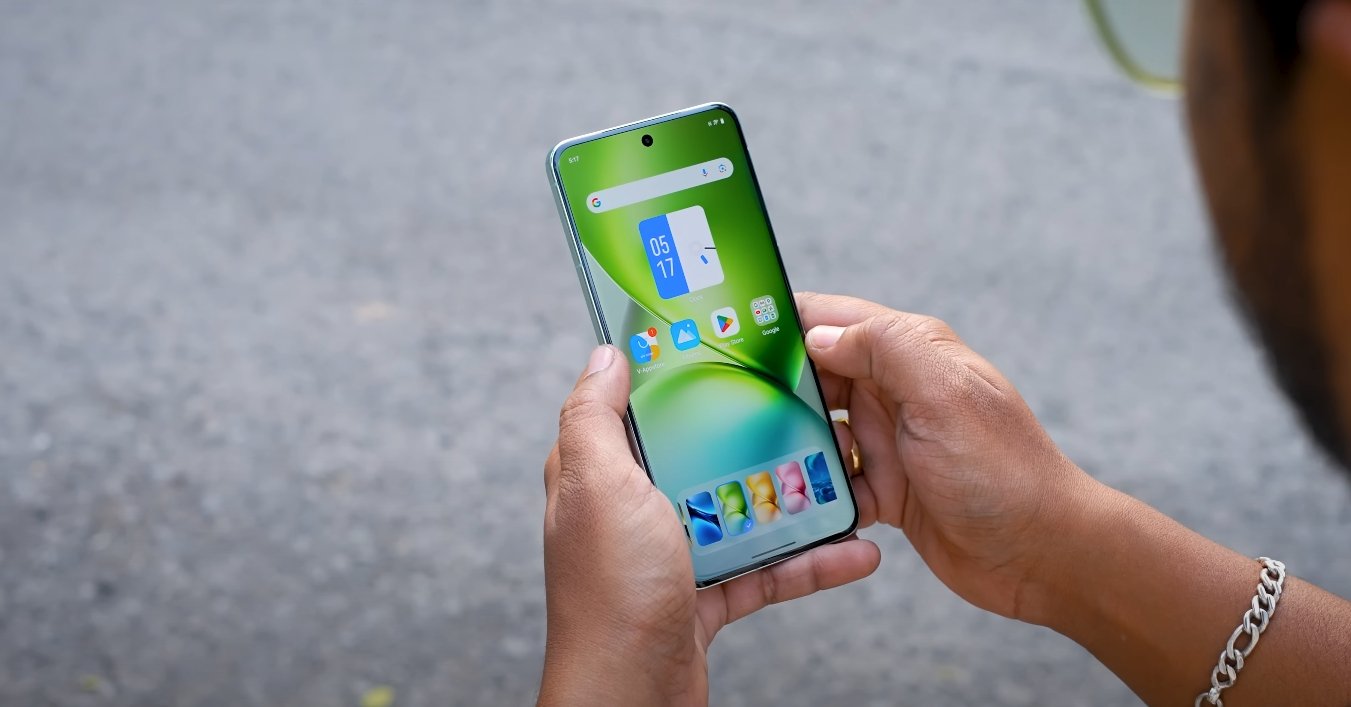Comparing App Handling and Multitasking Performance Between Vivo’s Two Systems
Vivo’s OriginOS 6 and Funtouch OS 14 represent two distinct phases of the company’s software evolution. Both are built on Android, but OriginOS 6 takes a more advanced, performance-driven approach that emphasizes speed, animation fluidity, and better memory control. App handling is one of the most critical aspects of user experience, and both systems handle this differently. The following comparison explores how these two platforms manage app launches, multitasking, and background operations in real-world use.
Funtouch OS 14 has long been known for its reliability and straightforward performance. It provides stable app management and smooth daily operation, particularly for standard tasks such as messaging, browsing, and social media. However, its app handling sometimes prioritizes efficiency over fluidity. The system tends to close apps more aggressively in the background to conserve memory and battery. This approach works well for casual users but can frustrate those who switch frequently between apps, as it often leads to reloading instead of instant resumption. Despite this, transitions and animations remain clean and functional, delivering a consistent experience across mid-range and flagship Vivo devices.
OriginOS 6, in contrast, is designed to elevate multitasking to a flagship-level experience. It incorporates the new Origin Smooth Engine, a system-level optimization framework that enhances animation smoothness and memory retention. When switching between applications, the interface feels seamless and responsive. Apps stay active for longer, and returning to them happens almost instantly without reloads. This makes the experience more fluid, especially when using multiple apps simultaneously. The overall result is a system that feels lighter, faster, and more cohesive, with transitions that maintain consistent frame rates even under heavy workloads.

The biggest difference between the two systems becomes apparent in multitasking performance. Funtouch OS 14 performs adequately for users who keep a few apps open, but it begins to show limits under intensive use. When too many apps run in the background, Funtouch OS often prioritizes freeing memory, which can interrupt active sessions. OriginOS 6 improves this significantly by using smarter memory allocation and AI-based prediction. It learns which apps the user frequently switches between and keeps them active longer. This adaptive approach helps maintain responsiveness, giving the impression of true multitasking without lag or delay.
App launch times also differ between the two systems. Funtouch OS 14’s performance is consistent, but not particularly aggressive in terms of speed optimization. It opens apps at a reliable pace, though some animations feel linear and mechanical. OriginOS 6, however, improves on this with enhanced animation timing and reduced latency. Apps open with a sense of depth and motion that makes transitions more visually pleasing. The system also preloads certain frequently used apps in the background, resulting in faster launches without consuming excessive power.
Background management is another area of noticeable improvement in OriginOS 6. Vivo has fine-tuned how the system handles processes that run behind the scenes, such as music players, file downloads, or social media notifications. Unlike Funtouch OS 14, which can sometimes restrict background activity to save energy, OriginOS 6 keeps essential services active while efficiently managing system resources. This balance ensures that users receive timely updates and smooth playback without unnecessary interruptions.
Visually, both operating systems maintain Vivo’s signature clean layout, but OriginOS 6 adds a sense of liveliness through its refined animation language. When switching between apps or minimizing windows, the movement feels fluid and continuous. It’s a small detail, but it greatly enhances the perception of smoothness. The multitasking view has also been redesigned for better usability, showing larger app previews and faster access to split-screen functions. Users who rely on multitasking for productivity will find OriginOS 6 more capable and modern.
Battery optimization plays a role in app handling as well. Funtouch OS 14’s approach leans toward aggressive management to extend battery life, which sometimes sacrifices convenience. OriginOS 6 finds a better middle ground by maintaining efficiency without constantly closing background apps. The system’s AI learns user habits over time and adjusts power usage dynamically, resulting in both improved longevity and performance stability.
In everyday use, these refinements make OriginOS 6 feel like a significant upgrade. The interface feels quicker, app switching is more consistent, and there’s a greater sense of control over ongoing processes. Power users, especially those who rely on multiple applications running together, will notice the improvement immediately. Meanwhile, casual users who prefer simplicity may still appreciate the straightforward reliability of Funtouch OS 14.
In conclusion, Funtouch OS 14 remains dependable and efficient for everyday use, offering stability and good app management for light multitasking. However, OriginOS 6 takes a clear lead in smoothness, responsiveness, and real-time app retention. Its refined system animations, smarter memory allocation, and AI-based background control deliver a flagship-level experience that feels faster and more fluid. For users upgrading from Funtouch OS 14, OriginOS 6 offers a noticeable improvement in how apps behave and interact, setting a new standard for Vivo’s software performance.
Also Read: Nothing Phone 3A Lite user feedback after one week






